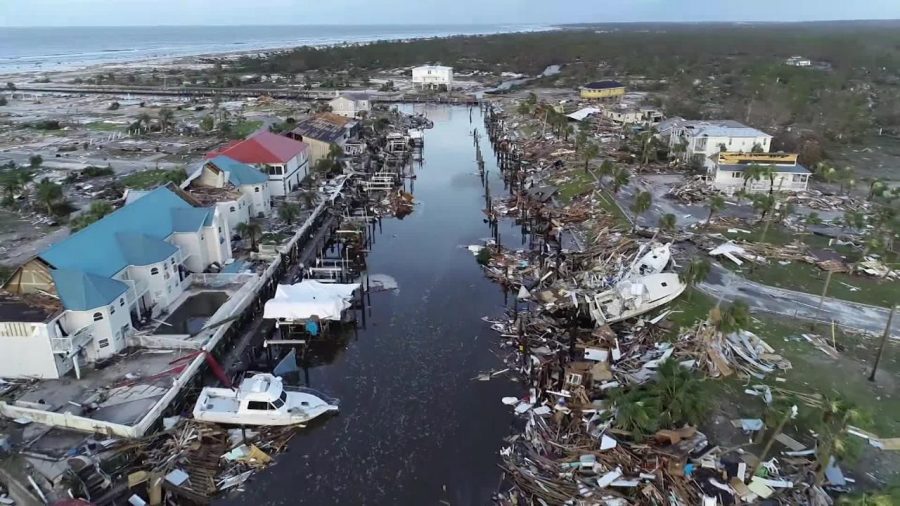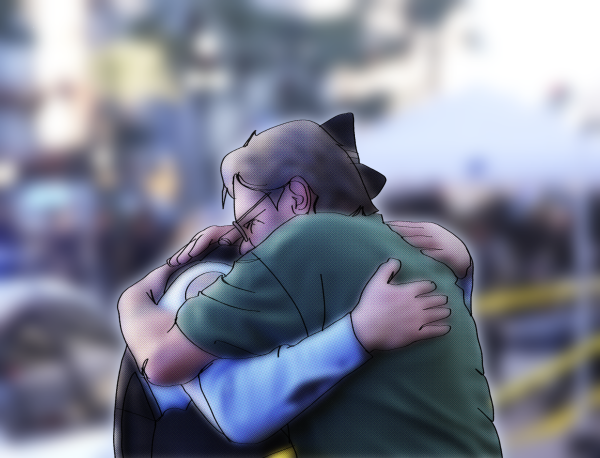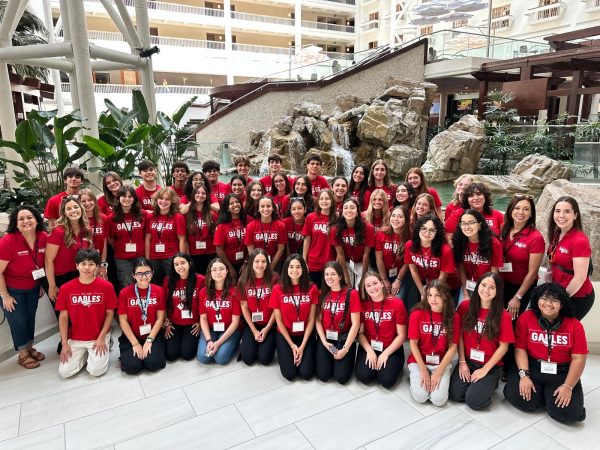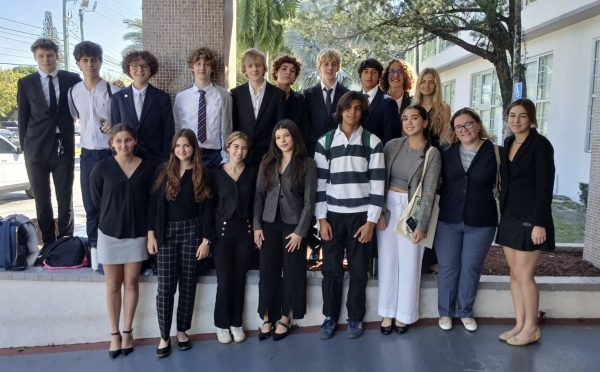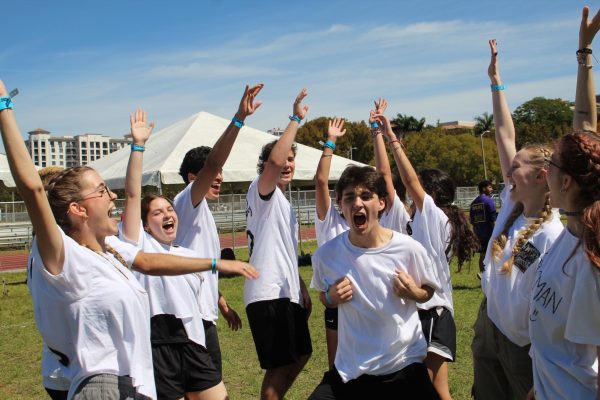A Catastrophic Start to October
Hurricane Micheal was recorded as one of the strongest hurricanes that has hit Florida’s Pandhandle since the late 1800s.
With hurricane season coming to a close in the Eastern Atlantic region, Floridians did not expect storms in October, so they were surprised when Hurricane Michael intensified overnight to category four, causing catastrophic damage to Florida’s Panhandle. With no time to spare, residents worked tirelessly overnight to fortify their houses against what has become to be the strongest hurricane since the late 1800s to hit the Florida Panhandle. Hurricane Micheal finally made landfall on Oct. 10 with wind speeds up to 155 mph wreaking havoc upon hundreds of local communities and their residents.
Days prior to landfall, Hurricane Michael formed in the southwestern Caribbean Sea, leaving residents only a few days to evacuate before it struck. The storm became increasingly stronger before making landfall. Residents evacuated the area including Florida State University (FSU) students. Those who chose to stay on campus were provided dining services and shelter. Despite this, FSU and its satellite campuses closed down on Tuesday and are expected to resume normal operations on Monday, Oct. 15.
“The fact that Hurricane Micheal intensified in such a short time span is so mind-boggling to think about. When Irma hit Florida, we had a significant amount of time to prepare but those who hit by Micheal had little to no time,” senior Brian Mejia said.
Since the arrival of Micheal, thousands of houses across the Panhandle were nearly obliterated with the death toll reaching up to 16. The Panama City fire department has received upwards of 200 phone calls from residents but the fire department has not had the resources to make sure these individuals are safe. Almost 1 million people have been left without any electricity; according to authorities it may take up to two months to restore power.
“Compared to Michael, Irma is nothing but a shadow. Looking at what Michael has done to Georgia, Florida, North Carolina, and Virginia, I know we will stay strong and lend a helping hand to our community just like we have always done in the past,” junior Katherine Saladrigas said.
However, out of every area that was struck by Michael, Mexico Beach was affected the most. The small beach community that once attracted hundreds of tourists is now completely lost. As the storm strayed away from the Florida Panhandle on Wednesday night, it moved up north to Georgia as a category 3 hurricane with 115 mph winds.
With such devastation, authorities are working tirelessly to set up distribution centers for those in need of food and water. The National Guard has supplied thousands of residents with bottled water and helped clear out roadways covered by debris. In addition, almost 80 percent of cellphone service reception has been restored but many still remain without electricity or service in areas that were most heavily impacted. Despite Micheal’s effects, there are relief programs that have been set into place to help those that were left without nothing after Micheal’s force of impact. If you are interested in donating to those that were affected click here.
Your donation will support the student journalists of Coral Gables Senior High School. Your contribution will help us cover our annual website hosting costs.
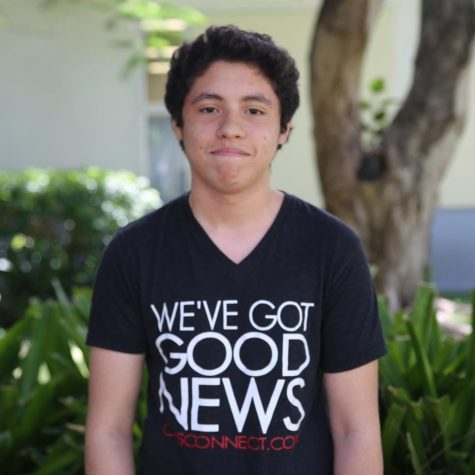
Miguel Lemus is a junior in the International Baccalaureate (IB) program at Coral Gables High School. Lemus is excited to see what the school year will...


